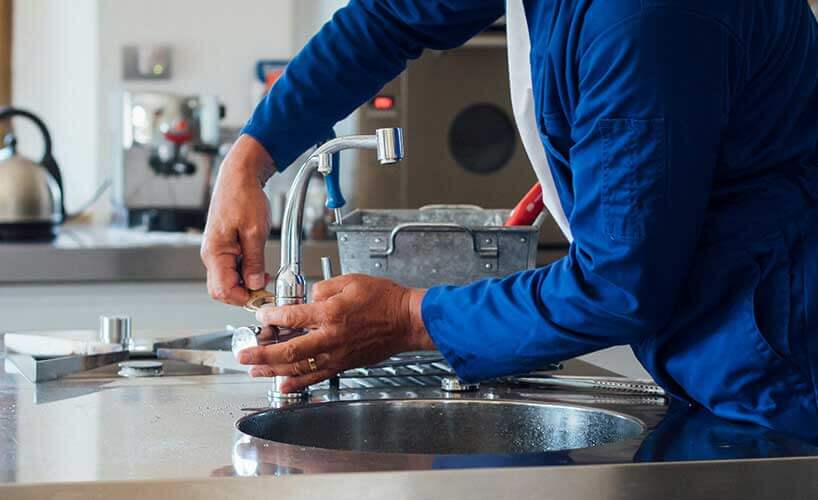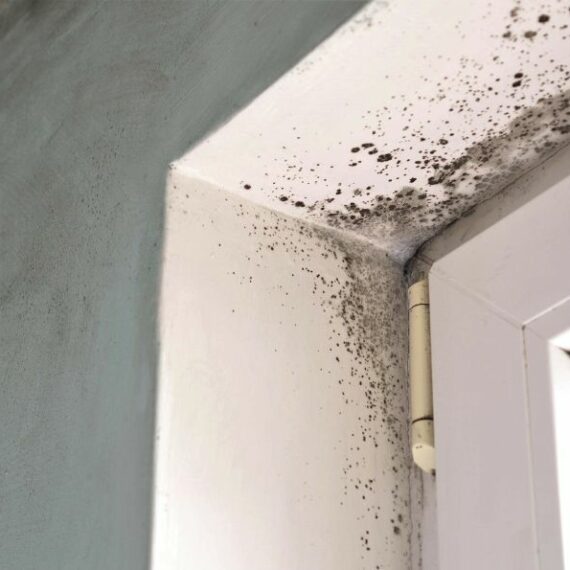We've come across the article involving Plumbing Maintenance and Repair in your Rental Property listed below on the web and concluded it made perfect sense to share it with you on this site.

Handling plumbing problems in rental properties effectively is crucial for preserving lessee fulfillment and maintaining the residential property's worth. Whether you're a proprietor or a home supervisor, knowing exactly how to resolve these common issues can conserve you money and time while ensuring compliance with lawful duties. Here's a step-by-step guide on just how to handle plumbing problems in rental residential properties.
Document Whatever
Maintain thorough records of all reported plumbing issues and the actions required to settle them. Documents should include dates, descriptions of the issue, interaction with lessees, and invoices from contractors or plumbings. This info can be vital for insurance policy cases, tax deductions, and legal protection.
Use Qualified Professionals
Always use licensed and insured professionals for significant plumbing repair work and installations. This guarantees that the work depends on code and can assist prevent obligation problems in case of mishaps or additional damage. It also guarantees occupants that repairs are being managed expertly.
Establish Clear Communication
Encourage renters to report any plumbing issues as soon as they occur. Provide numerous communication channels such as phone, email, or a lessee site to make it simple for them to reach out. Prompt responses to these records can prevent small issues from rising into major troubles.
Enlighten Renters
Educate your tenants concerning what makes up a plumbing emergency and what does not. Give guidelines on how to take care of small problems themselves, such as using a bettor to unblock a toilet. Also, educate them regarding what they ought to avoid taking down drains to stop blockages, such as grease, coffee premises, and non-biodegradable products.
Regular Upkeep
Implement a regular maintenance timetable for all plumbing systems in your rental buildings. Routine checks can help recognize and solve problems like leaks, sluggish drains, or rusty pipelines before they come to be severe. Consider employing a professional plumbing professional to examine the properties every year or semi-annually.
Quick Response to Emergencies
Have a strategy in place for reacting to pipes emergencies. This need to include having the call information of trusted plumbing solutions that supply 24/7 emergency fixings. Quick action is important to minimize damage in scenarios like ruptured pipes or serious leakages.
Preventive Upgrades
Consider upgrading older pipes systems and components to more contemporary, reliable models. This can decrease the regularity and severity of plumbing problems and reduced long-term maintenance expenses. It's additionally a marketing point for potential occupants that value upgrades and modern features.
Renter Move-Out Inspections
Conduct detailed pipes checks during move-out assessments to make certain that any issues are determined and dealt with prior to a brand-new lessee relocate. This prevents disputes with new renters over pre-existing problems and makes sure the property is in top condition.
Understand Legal Responsibilities
Know your legal responsibilities concerning plumbing and general home maintenance. A lot of jurisdictions need proprietors to ensure their homes are habitable which all pipes systems remain in good working order. Failing to address serious issues quickly can bring about lawsuits from occupants.
Occupant Compensations
If a plumbing issue requires prompt attention and the tenant resolves the issue on their own, have a clear plan in position for compensating costs. Guarantee tenants recognize they need to acquire prior approval for higher-cost fixings unless it's an outright emergency.
Conclusion
Taking care of pipes issues in rental homes requires an aggressive technique and good interaction with occupants. By remaining on top of maintenance, reacting immediately to emergencies, and making use of certified specialists, proprietors can maintain their homes in exceptional condition and maintain excellent connections with lessees.
How to Handle Water Damage in a Rental Property
What is Water Damage?
Water damage is harm or destruction caused by water entering areas where it is not supposed to be. It can be caused by a variety of sources and can manifest in different ways. The most common examples of water damage include:
Leaking roof Plumbing leaks Appliance malfunctions Poor drainage Flooding Sewage backup Condensation Tenant negligence HVAC system issues Frozen pipes Is water damage dangerous?
Water damage itself is not inherently dangerous, but it can lead to various hazards and health risks if not promptly and properly addressed. The severity of these risks depends on the extent of the water damage, the source of the water, and how quickly it is mitigated.
Some potential dangers associated with water damage include structural damage, mold and bacterial growth, electrical hazards, water contamination, and pest infestations. In situations where mold and mildew have gone unaddressed, mold can start to develop within 24-48 hours of water exposure, and this can impose a serious health risk to tenants. In particular, mold spores and damp conditions can lead to respiratory issues and even make existing health problems worse, such as allergies, asthma, or immune disorders.
Water Damage in an Apartment - Who is Responsible?
If the water damage is caused by the tenant’s negligence, the tenant is responsible for the cost of repairs. If the water damage is caused by a defect in the property, the landlord is responsible for the cost of repairs. If the water damage is a result of natural causes, such as excessive rain, then the landlord is responsible, since the water intrusion likely occurred due to a defect in the property. Landlord Responsibility water damage in rental property
Since maintaining habitability is the landlord’s legal responsibility, landlords are responsible for any resulting structural damage caused by water damage. These structural damages may include damage to walls, roofs, ceilings, and flooring. If water damage has affected the rental property’s original structure, the landlord is responsible for repairing or replacing those materials. Therefore, landlords should have property insurance that covers the structural components of their rental property so that they can receive help with the costs of covered events.
Preventative measures can also help landlords avoid massive renovations. Preventative maintenance may include conducting regular inspections to identify and address potential water damage before it becomes a major and urgent problem.
If a landlord fails to meet their responsibilities regarding water damage, it can lead to legal disputes and potential liability. Tenants who believe their landlord is not addressing water damage issues in accordance with California law can seek legal advice or contact local housing authorities for assistance.
https://www.goodlifemgmt.com/blog/water-damage-in-a-rental-property/

Hopefully you enjoyed reading our topic about How to Handle Plumbing Issues in Your Rental Property. Thanks a ton for spending some time to read through our posting. Sharing is caring. You won't know, you may be helping someone out. Thanks for going through it.